Recording Supplier Transactions
What are Supplier Transactions?
Supplier transactions are those transactions made with suppliers, both purchases made from them and payments made to them.
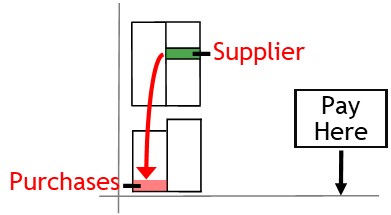
How it Works
With credit purchases, the business buys goods or services now.
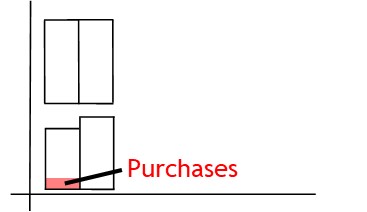
Then they pay for those goods or services later.
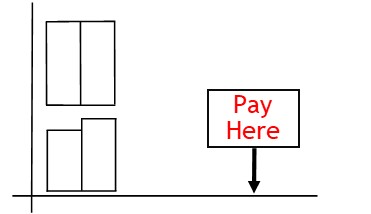
Had the purchases been cash purchases, they would have paid cash for the purchases immediately.
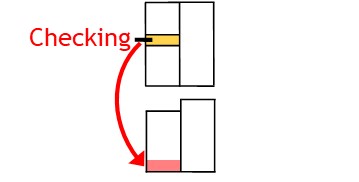
However, with credit purchases, the goods or services are provided on credit from the supplier.
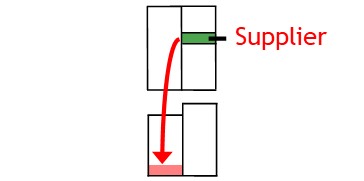
Recording Supplier Transactions
To record a credit purchase, you credit the supplier’s account.
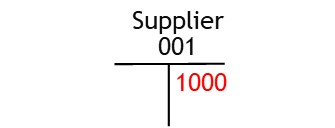
This shows a value of goods or services came from the supplier.
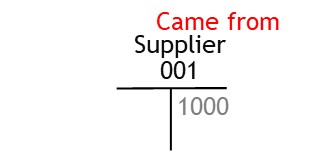
After that, you debit the relevant expense account.
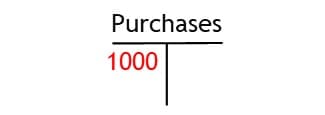
This shows where the goods or services were used.
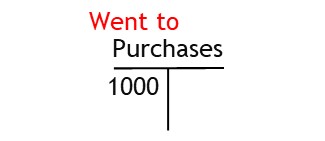
Later, the business will pay some or all of what they owe.
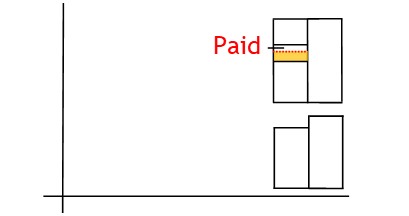
When this happens, the business sends a payment to the supplier.
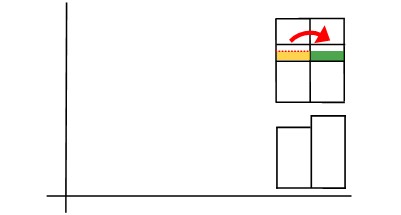
To record this transaction, you credit the checking account.

This shows money has come from the bank.
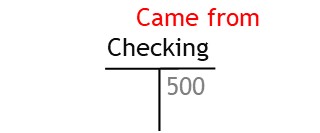
After that, you debit the supplier’s account.
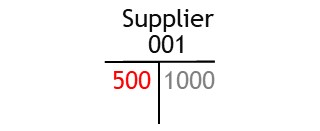
This shows the payment went to that particular supplier.
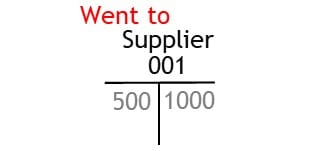
Checking Supplier Transactions
By month-end, a supplier account will contain a record of all transactions made with the supplier
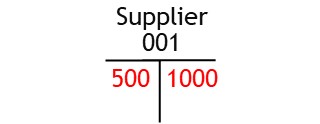
The account will show all purchases made from the supplier.
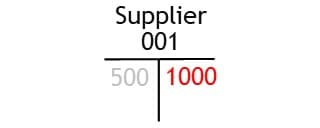
It will show all payments made to the supplier.
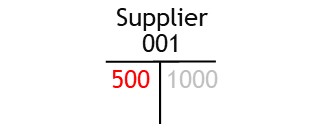
And it’s balance will show how much money the business still owes to the supplier, as at month-end.
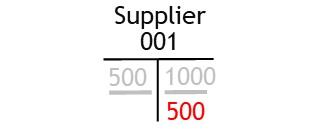
At month-end, the supplier will prepare a statement.
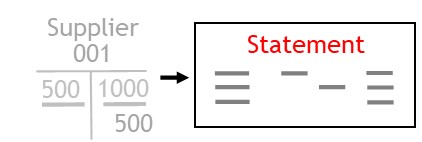
Once prepared, they send this statement to the business.

You check this statement against your own records.
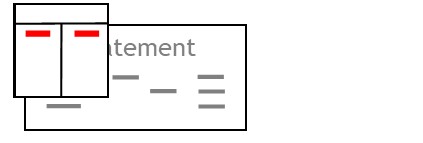
If you agree with the supplier’s record of transactions, it shows your records must be correct.

Checking the Creditors Control Account
A supplier is known as a creditor.
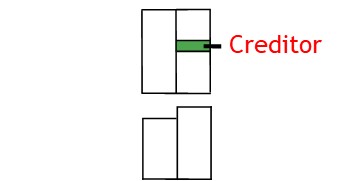
This is because the supplier has offered credit to the business.
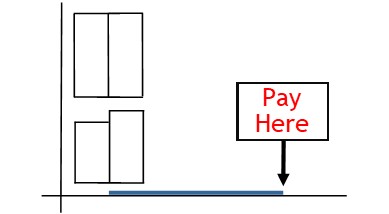
A business may have many creditors.
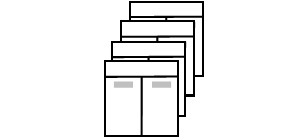
Each time the business makes a transaction with a supplier, it records the transaction in the supplier’s account.
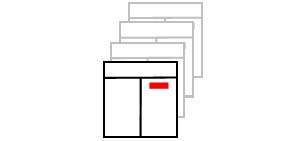
At the same time, it updates the creditors control account.
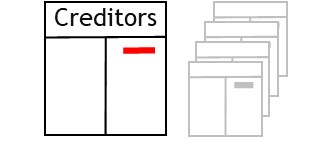
This way, the creditors control account contains a record of every transaction made with every supplier.
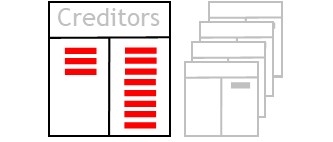
To check the control account, you don’t check it directly.
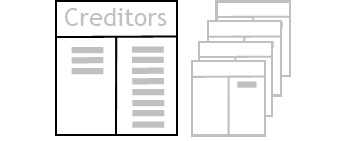
Instead, you check your records against the supplier’s month-end statement.

If your records agree with all supplier statements, then it shows the control account is correct.

© R.J. Hickman 2020
